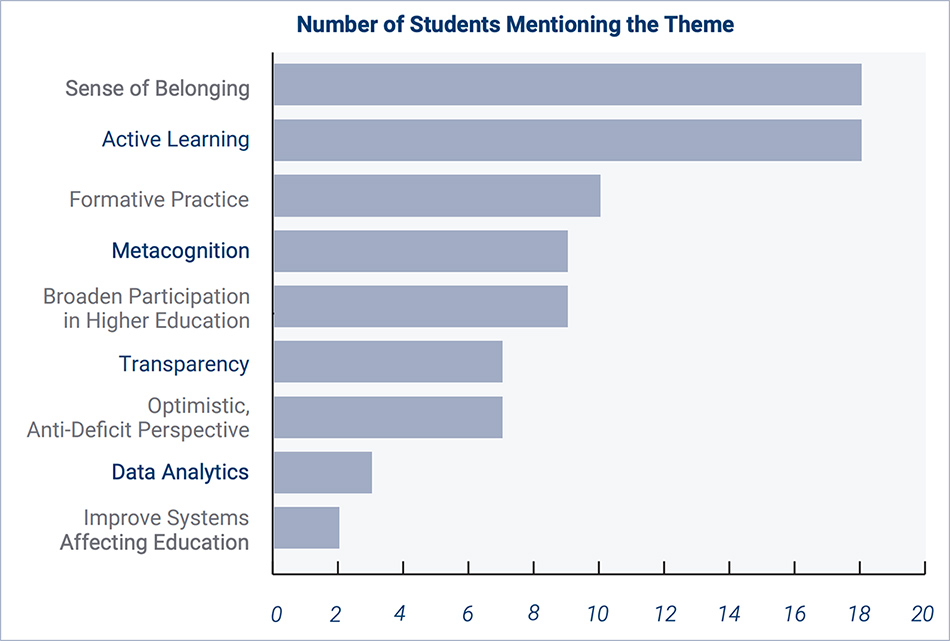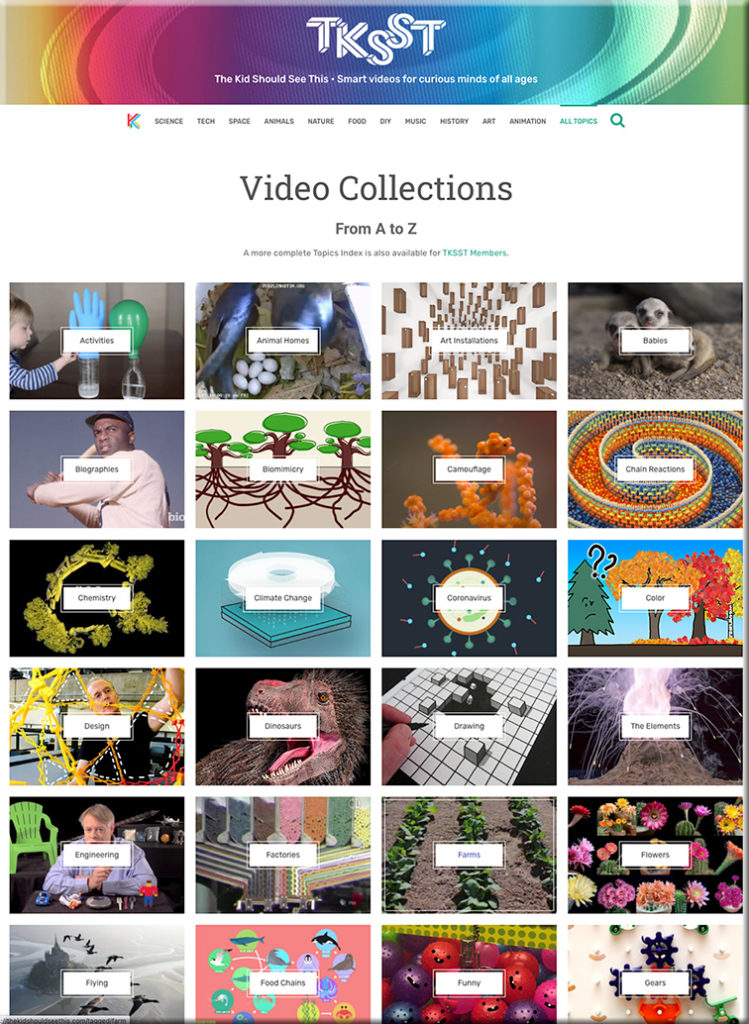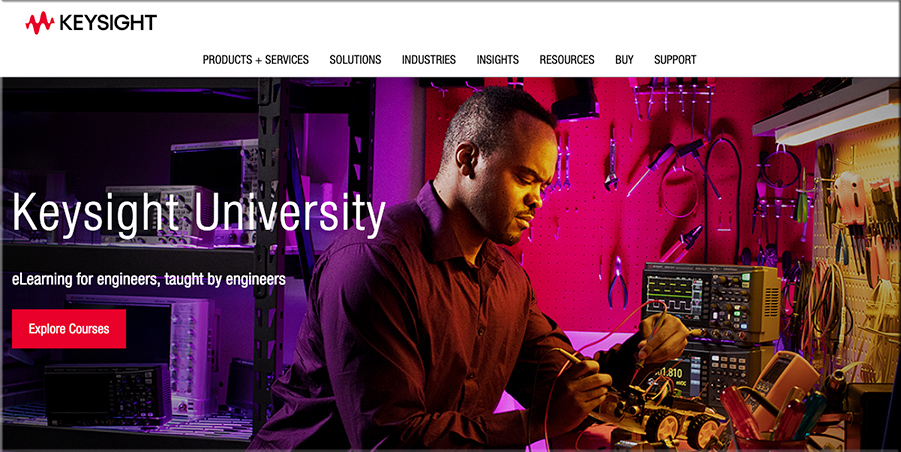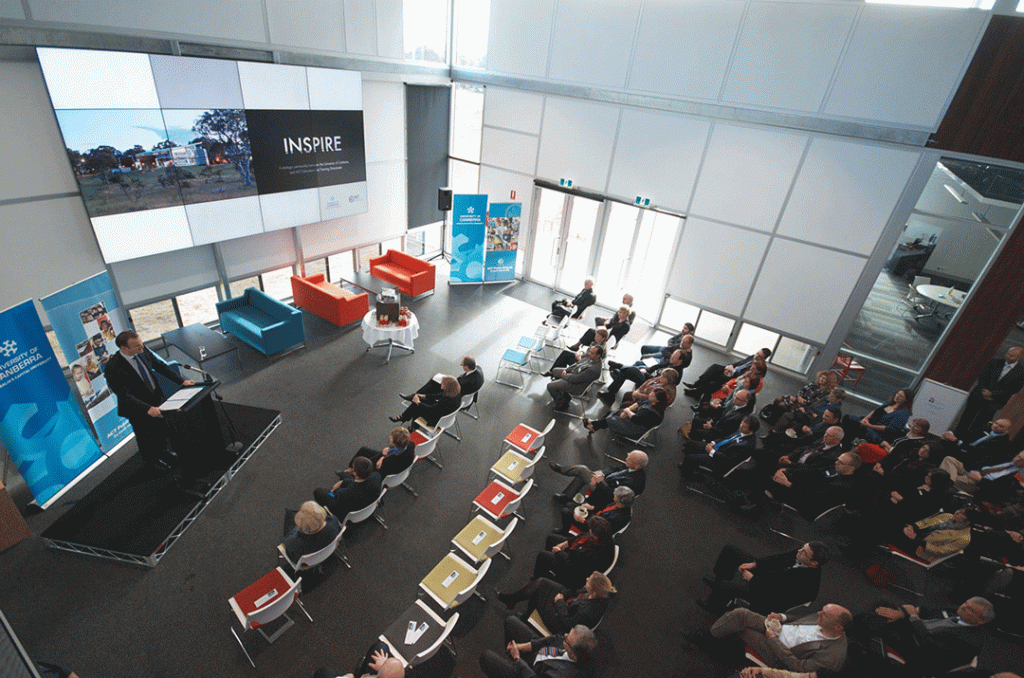Free Sites for Back to School — from techlearning.com by Diana Restifo
Top free and freemium sites for learning
An internet search for free learning resources will likely return a long list that includes some useful sites amid a sea of not-really-free and not-very-useful sites.
To help teachers more easily find the best free and freemium sites they can use in their classrooms and curricula, I’ve curated a list that describes the top free/freemium sites for learning.
In some cases, Tech & Learning has reviewed the site in detail, and those links are included so readers can find out more about how to make the best use of the online materials. In all cases, the websites below provide valuable educational tools, lessons, and ideas, and are worth exploring further.
Two bonus postings here! 🙂
- Where Is K-12 Enrollment Headed? Population Trends, by the Numbers — from edweek.org by Mark Lieberman
America is projected to have 3 million fewer K-12 students attending public school by 2031 than it did in 2013. - How to Kill Student Curiosity in 5 Steps (and What to Do Instead) — from edweek.org by Olivia Odileke
The unintentional missteps teachers and administrators are making
I’ve observed five major ways we’re unintentionally stifling curiosity and issue a call to action for educators, administrators, and policymakers to join the curiosity revolution:











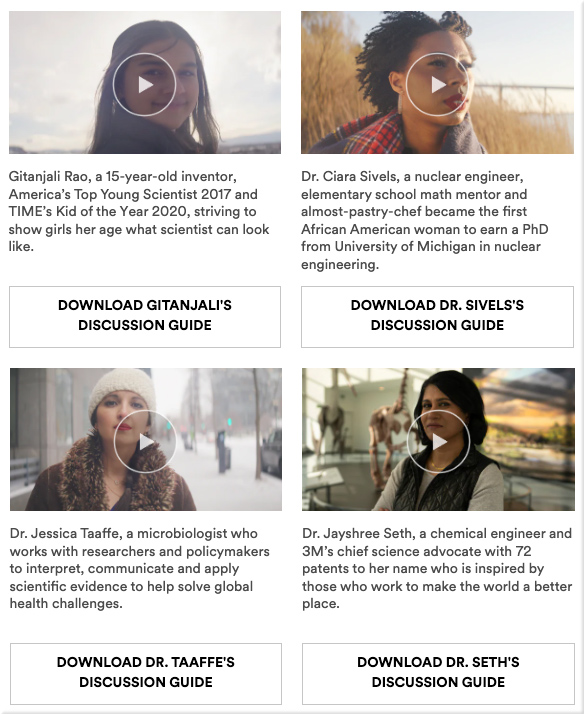
.png)

/2022/08/22/image/png/wSxqwE19L3sKdFwuPdKfsfzJ5ixmzUJWXJ8Ox6Ir.png)


